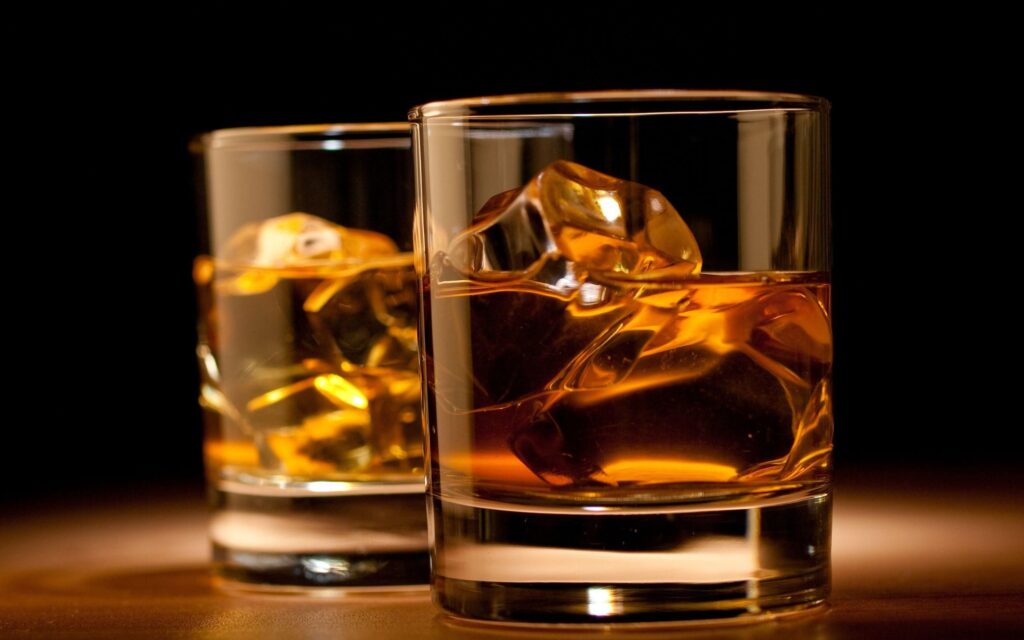Amidst all the shadiness of the whisky industry, Bruichladdich has shown to be a steady lighthouse of honesty and integrity. The distillery’s refusal to discuss the specifics of the barrels used to age their ultra-aged, high-end single malt Black Art adds to the mystery and intrigue surrounding each year’s limited release.

You may wonder, “Who cares?” in light of this opacity. For one thing, the color and, according to some experts, the vast majority of scotch’s flavor comes from the oak barrels in which the spirit is matured. This last statement is especially accurate when talking about Bruichladdich whisky, as the distillery does not use any added color in the production process.
Given the importance placed on terroir and how it affects everything from the barley’s homeland to the type of barrel used, it begs the question: why isn’t the oaky history of Black Art being discussed? The distillery claims that Adam Hannett may have “full creative freedom” in his work.
However, the whisky is aged, and it turns out to be quite tasty and fulfilling to the imagination in the Black Art releases. Hannett stated, “It allows me to take chances and explore the frontiers of possibility.” Black Art 10 is a celebration of the wonderful things that may happen when we forego the details in favor of appreciating and relishing the taste. Whisky manufacturing relies on the harmonious marriage of barrel and spirit.
The whisky has been maturing for decades; the Black Art releases come from what the distillery calls “pre-Renaissance” whisky reserves. It refers to whisky produced before the old distillery closed in 1994 and restored in 2000. The latest release, Black Art 10, is a 29-year-old unpeated single malt whisky (vintage 1993) bottled at 45.1% ABV.
The last bit of information is particularly pertinent, as the distillery is best known for its extremely peated whiskies, such as the Port Charlotte line and the smokey flame that is the yearly Octomore series of whiskies, even if its primary expression, The Classic Laddie, is unpeated.
Beyond that, there isn’t much to say about the distillation process of making this whisky. According to the official tasting notes, this wine has aromas of orange, ginger, and lemon meringue pie, with flavors of apricot and marzipan. Toasted oak is accompanied by hints of coconut, cocoa, cinnamon, and vanilla. Black Art 10 costs $699, standard for a release of this age and rarity.
The distillery claims the whisky barrels from the early Renaissance are a limited resource, which is consistent with physical law (though the precise meaning of this claim is not made clear). No of your preference, you won’t be let down by this single malt whisky. While the debut has been delayed in the United States, it should begin making its way to stores in the coming weeks.